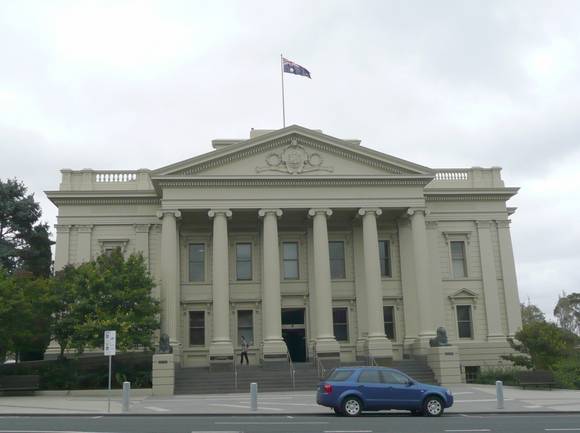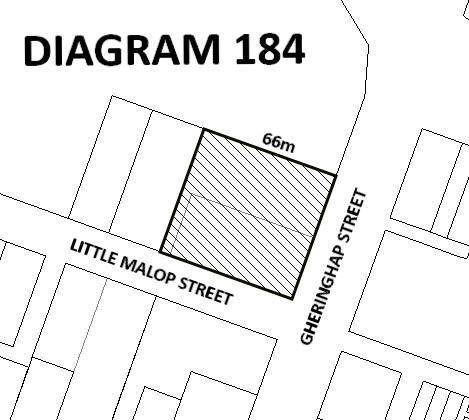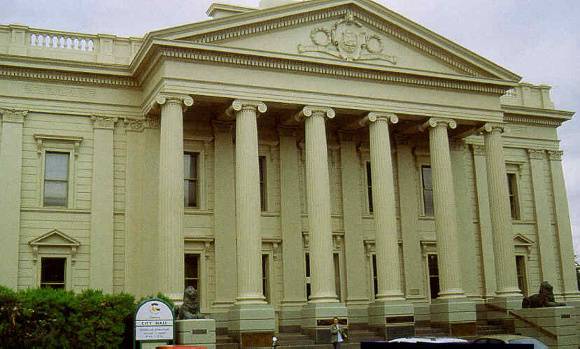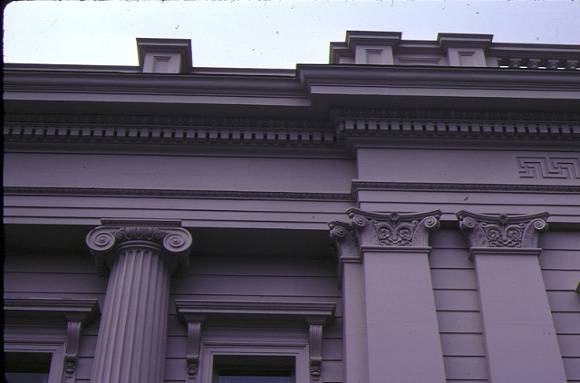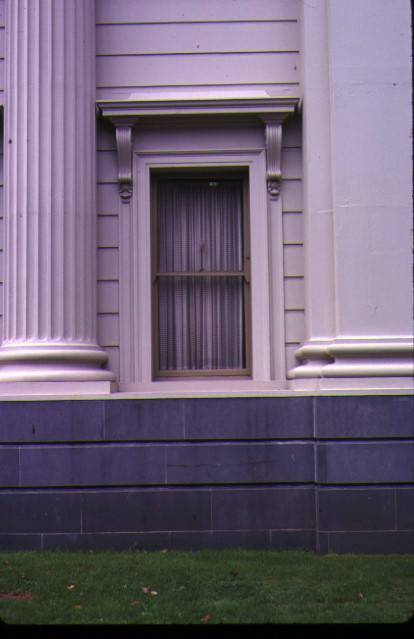| Back to search results » | Back to search page » |
|
GEELONG TOWN HALL
Location30 GHERINGHAP STREET GEELONG, GREATER GEELONG CITY
File Number602456LevelRegistered |
|
Statement of Significance
WHAT IS SIGNIFICANT?
The Geelong Town Hall, including the original 1855 (southern) wing
fronting Little Malop Street, consisting of a bluestone building with
freestone facade set on a rusticated podium; 1917 (eastern and
northern) wings, the northern containing a central colonnade which
projects beyond the side pavilions to include the council chamber and
a reception room; principal facade fronting Gheringhap Street
dominated by a central hexastyle Ionic portico; and landscaped
setting; western wing with an entrance to Little Malop Street,
constructed 1968-69. Remnants of nineteenth century wallpaper survive
in the 1855 wing. The Geelong Town Hall is of architectural
and historical significance to the State of Victoria. It satisfies the
following criterion for inclusion in the Victorian Heritage Register:
Criterion A
Importance to the course, or pattern, of Victoria's cultural history.
Criterion D
Importance in demonstrating the principal characteristics of a class
of cultural places and objects. The Geelong Town Hall is significant at the
State level for the following reasons: The Geelong Town Hall is of historical significance as Victoria's
earliest surviving municipal building and for its long-serving role as
a centre of local government. The Geelong Town Council has occupied
the site since 1855 and the southern section has been continually used
for municipal purposes since this date. The building, as completed in
1917 in accordance with Joseph Reed's original design, clearly
demonstrates the importance and growth of municipal governance in the
State. [Criterion A] The Geelong Town Hall is of architectural significance as an early
and intact representative example of a municipal building in Victoria
and one of prominent Melbourne architect, Joseph Reed's, earliest
designs. The southern facade, constructed in 1855, and the balance of
Reed's design vision, completed in 1917, demonstrates the adoption of
the Renaissance Revival style in the design of an important public
building and is a fine example of a classically designed town hall in
Victoria. [Criterion D]
Group
Community Facilities
Category
Hall Town Hall


